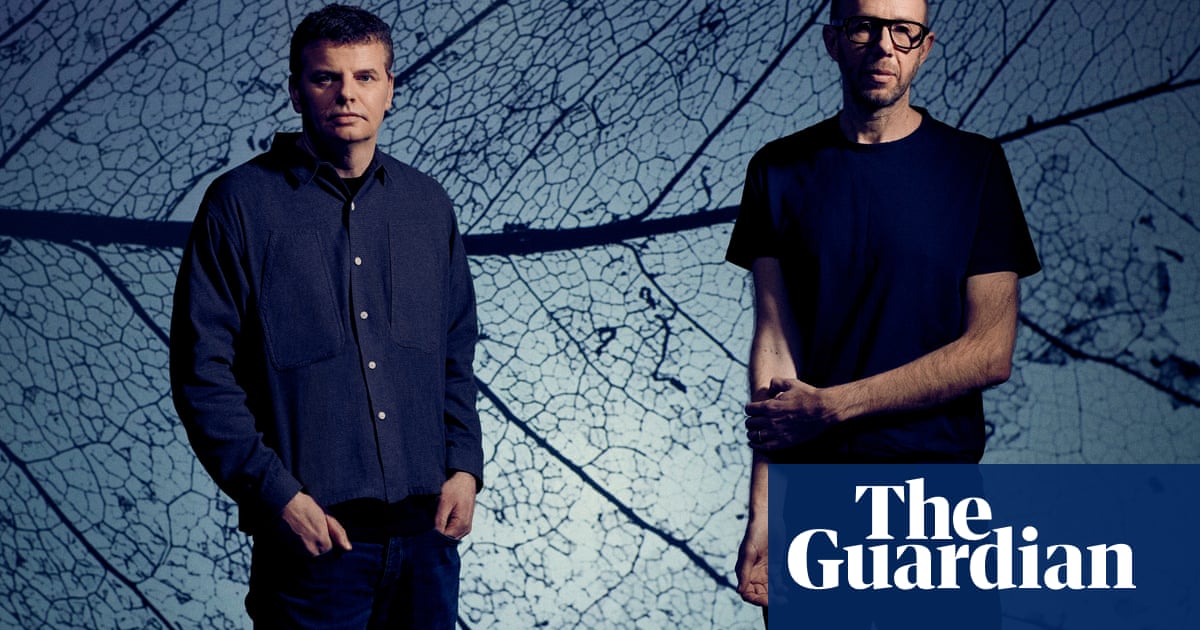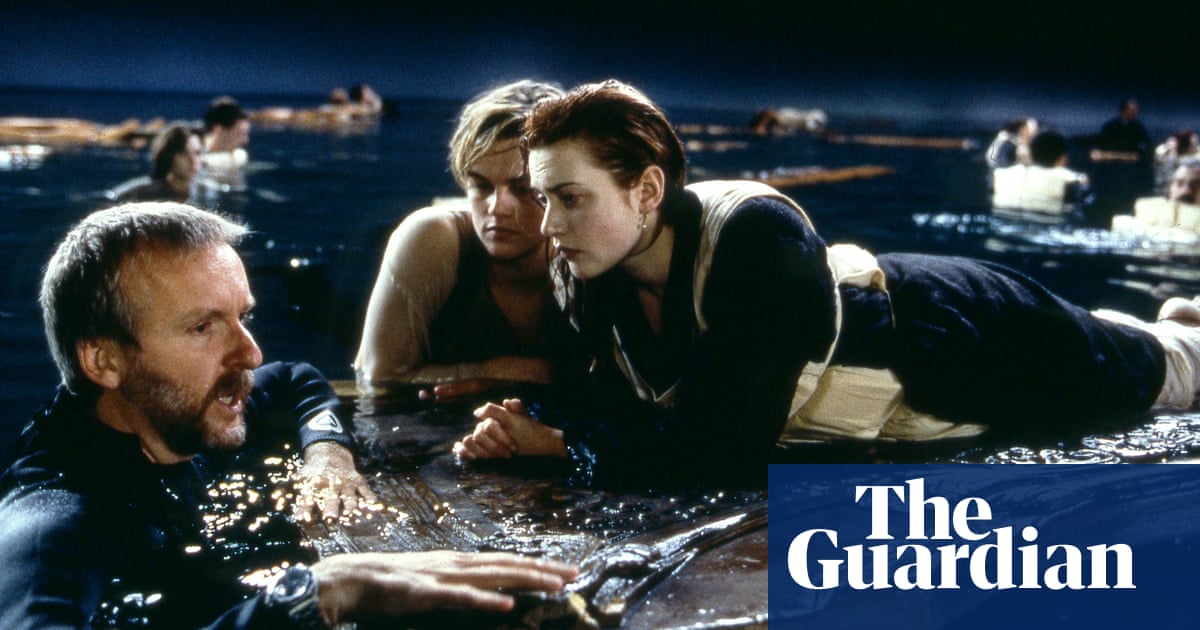
‘The time you feel really lonely is at work at night at the scene of a crime. You’re called out to some desolate field or moor somewhere and there’s a body with some peculiar marks.’ The Observer’s 28 October 1973 investigation into Britain’s forensic pathologists opens with one describing what could be an eerie scene from a contemporary detective drama. Now true crime podcasts are everywhere, aficionados share postmortem reports on sub-reddits and know instantly that a hyoid fracture could mean suspicious death, but back then pathology was an obscure and isolated world.
In 1972, before Silent Witness’s Dr Nikki Alexander or Patricia Cornwell’s Dr Kay Scarpetta had picked up a scalpel, forensic pathologists were under-appreciated, over-worked and apparently exclusively men. There were fewer than 30 working full-time, out of often-insalubrious premises, doing poorly paid postmortems and inquest appearances (known as the ‘12 quid special’) and ‘no young pathologists in training for forensic work’.
Operating under intense pressure, the skeleton staff were forced to cut corners. ‘To examine a heart properly you’ve got to fix the thing for 48 hours, strip all the fat off it, divide it up into pieces and weight it, and decalcify it for 24 hours… But with the average coroner’s PM you haven’t time to do all that,’ deplored a ‘harassed practitioner’. ‘You know the phone’s going to ring again before you’ve even got the gloves off from the last one.’
It all meant a real risk of murderers getting away with it. A study highlighted 263 seemingly natural deaths that were nothing of the sort and pathologists graphically described the ‘secret homicides’ and ‘unnatural naturals’ only detected through their specialistskills: poisonings, drownings and more. Have things improved? A 2021 parliamentary report also highlighted a staffing crisis, poor pay and no young pathologists coming through the ranks. Apparently, we’d still rather read about autopsies than perform them.











